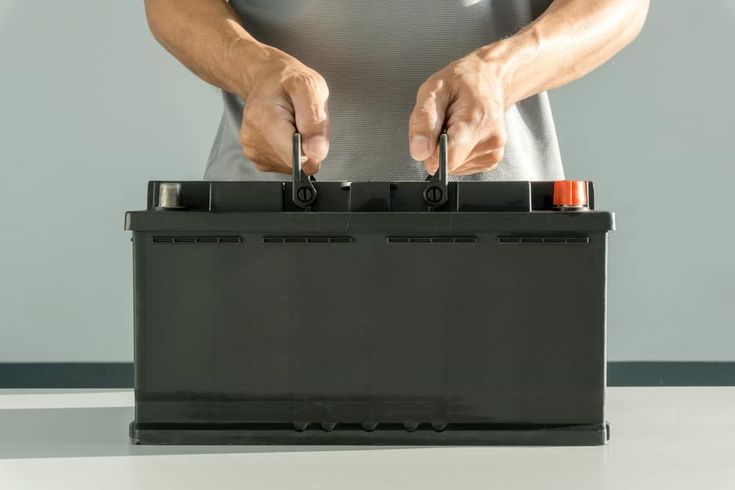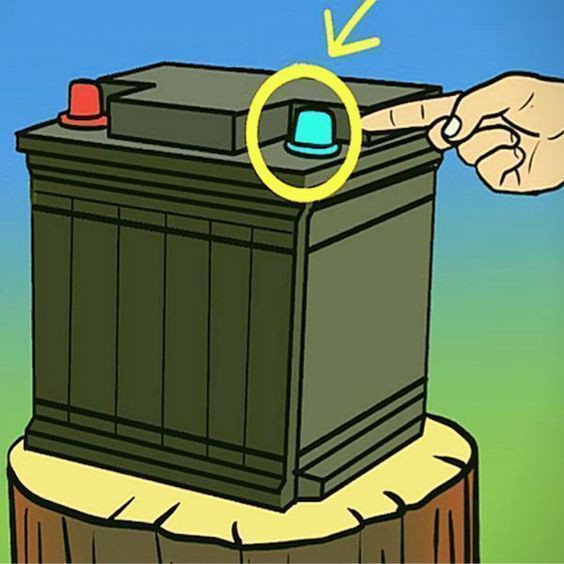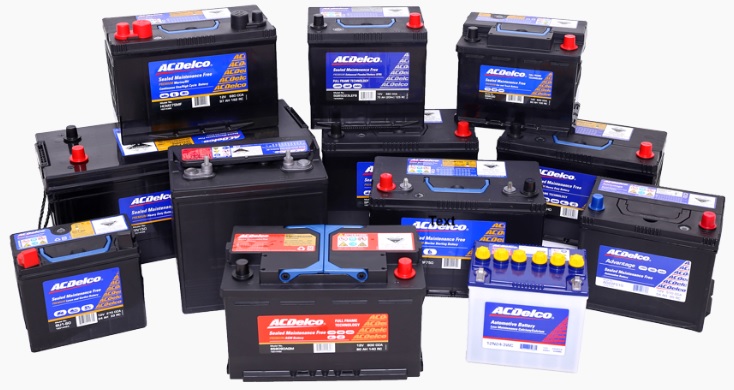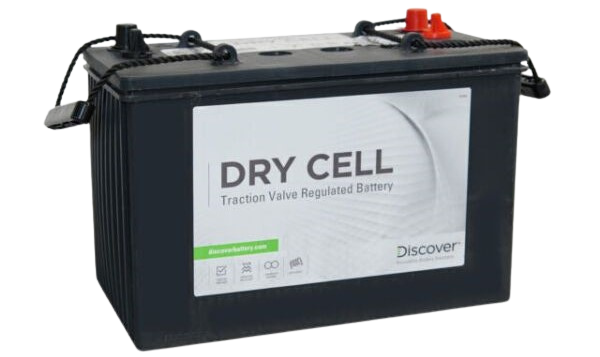Introduction to Wet Cell Batteries

Wet cell batteries, also called flooded batteries, are standard energy storage devices. They’re used in various applications, from cars to renewable energy systems. The key feature of these batteries is the liquid electrolyte solution, usually sulfuric acid, inside. This solution interacts with lead plates, creating chemical reactions that generate electrical energy. Simple in design, wet cell batteries consist of positive and negative plates separated by a porous material. Understanding the basics of wet cell batteries is crucial as they play a vital role in powering vehicles and storing renewable energy, making them an integral part of our everyday lives.
Composition and Structure
Wet cell batteries have a straightforward structure. Inside, there’s a liquid mix called electrolyte, often sulfuric acid. This liquid fills the battery and surrounding essential components. Lead plates, both positive and negative, are crucial parts of the battery. They sit in the electrolyte, and between them are separators, preventing direct contact. These components work together to create chemical reactions, producing the electrical energy that powers devices. The simplicity of the composition and structure is key to the functionality of wet cell batteries, making them reliable for various applications in our daily lives.
How Wet Cell Batteries Work

Understanding how wet cell batteries work is like unlocking the secret behind their power. Inside these batteries, a liquid called electrolyte, usually sulfuric acid, reacts with lead plates. This reaction creates a flow of electrons, generating electrical energy. The lead plates play a crucial role by serving as electron conductors. Separators between the plates prevent them from touching and causing a short circuit. When you connect a device or vehicle to the battery, the stored electrical energy is released, powering everything from your car to essential electronic gadgets. It’s this simple yet fascinating process that keeps our devices running.
Types of Wet Cell Batteries
Wet cell batteries come in various types, each tailored for specific uses. Automotive batteries are standard; start your car by providing energy. On the other hand, deep-cycle batteries are designed for continuous, slow discharges, making them ideal for marine applications or renewable energy systems. There are also dual-purpose batteries that combine features of both types. Understanding these variations helps you choose the correct battery for different needs, whether starting your vehicle or storing energy from solar panels. The diversity of wet cell batteries makes them versatile and suitable for various applications.
Advantages of Wet Cell Batteries

Wet cell batteries have several advantages that make them widely used. They are cost-effective, making them accessible for many applications. These batteries boast a high energy density, meaning they can store much power in a compact space. Additionally, wet cell batteries provide a steady and reliable power supply, which is crucial for various devices. Their design allows for easy maintenance, contributing to their longevity. Whether in vehicles or renewable energy systems, wet cell batteries’ affordability, efficiency, and reliability make them a preferred choice for powering our everyday essentials.
Challenges and Maintenance
While wet cell batteries offer reliability, they face challenges. Sulfation, a common issue, occurs when lead sulfate crystals build up on the battery plates, affecting performance. Regular maintenance is vital to prevent such problems. Checking fluid levels, ensuring a proper charge, and cleaning terminals are simple tasks that enhance battery life. Overcharging or deep discharging can also impact wet cell batteries, emphasizing the need for careful usage. By addressing these challenges through routine maintenance and responsible use, you can maximize the lifespan of wet cell batteries, ensuring they continue to provide dependable power for your vehicles and other devices.
Applications in Vehicles

Wet cell batteries play a crucial role in powering vehicles. Cars provide the initial burst of energy needed to start the engine. These batteries also supply constant power for lights, radio, and other electrical components while the engine runs. Wet cell batteries ensure reliable ignition and control for electronic systems in motorcycles and boats. Their ability to deliver consistent energy makes wet cell batteries indispensable for various vehicles, ensuring they run smoothly and reliably. Whether driving a car, riding a motorcycle, or sailing on a boat, these batteries are the silent force behind your journey.
Renewable Energy Storage
Wet cell batteries significantly store renewable energy from solar panels and wind turbines. Excess energy is stored in these batteries when the sun is shining, or the wind is blowing. Later, when renewable sources aren’t producing energy, the stored power is released, providing a steady supply. This ability to store renewable energy makes wet cell batteries essential for off-grid systems and areas with intermittent power generation. They play a key role in ensuring a continuous and reliable energy supply, bridging the gap between when energy is generated and needed.
Choosing the Right Wet Cell Battery

Selecting the correct wet-cell battery involves considering a few key factors. First, determine the size that fits your device or system. Consider the battery’s capacity, indicating how much energy it can store. Think about maintenance requirements—some batteries need more attention than others. Assess the cost and weigh it against the performance you need. Understanding these factors for your car, boat, or renewable energy setup ensures you pick a wet-cell battery that aligns with your specific needs. Making an informed choice guarantees that your battery works efficiently and lasts longer, providing reliable power.
Future Trends and Innovations

The future of wet cell batteries holds exciting possibilities with ongoing innovations. Researchers are exploring ways to enhance efficiency and environmental friendliness. Advances in materials and technology aim to make batteries more durable and capable of storing even more energy. Additionally, there’s a focus on creating more accessible batteries to recycle, contributing to sustainability. As technology evolves, we can anticipate wet cell batteries becoming more efficient, longer-lasting, and environmentally conscious. These innovations promise better performance and align with our collective efforts toward a greener, more sustainable energy future.
Conclusion
In conclusion, wet cell batteries are simple yet powerful devices that play a crucial role in our daily lives. From starting our cars to storing renewable energy, these batteries offer reliability and versatility. Despite challenges like sulfation, regular maintenance ensures their longevity. Their affordability and efficiency make wet cell batteries a preferred choice for various applications. Looking ahead, ongoing innovations promise even better performance and sustainability. Understanding the basics, choosing the correct battery, and embracing future advancements will continue to empower us with the reliable energy needed for our diverse needs, ensuring a brighter and more efficient future.
FAQ
How often should I check the fluid levels in my wet cell battery?
Regularly check the fluid levels in your wet cell battery every three to six months. Maintaining proper fluid levels is crucial for optimal battery performance and longevity.
Can I use a wet cell battery for my solar power system?
Yes, wet-cell batteries are suitable for solar power systems. They are commonly used for storing energy generated by solar panels, providing a reliable and cost-effective solution for renewable energy storage.
What is sulfation, and how can I prevent it in my wet cell battery?
Sulfation occurs when lead sulfate crystals build up on the battery plates, affecting performance. To prevent sulfation, avoid deep discharges, perform regular maintenance, and ensure your battery is not overcharged. Following these guidelines will help extend the life of your wet cell battery.







